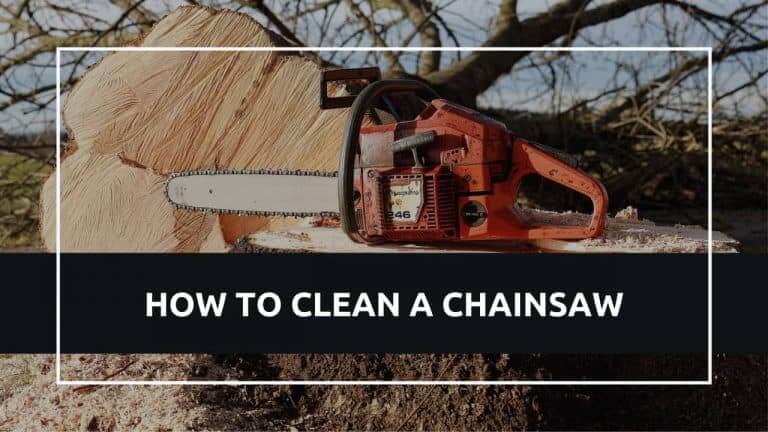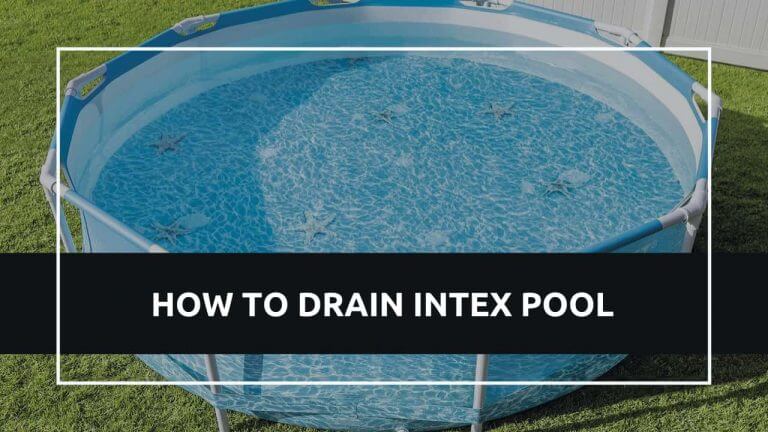How To Build Garden Fences
Everyone knows how mischievous monkeys are and the extent of damages they can cause to a farm. Let us take an example that you own a farm near a forest where you plants fruits. Do you think if you fail to erect a fence, you will ever harvest anything? We guess the answer is a no!
In such a scenario chances of giving up in farming are too high. The extent of farm destruction you can experience surpasses the farm output. Today, we present to you a guide into erecting an effective garden fence that will reduce human-wildlife conflict.
Caution Before Building The Garden Fences
When erecting a fence, it is essential to take note of the following.
Required Materials
The number and the type of material to use in fencing depends on the kind of fence you intend to erect. The following are the general items you will require when erecting a garden fence.
How To Build Garden Fences - Step-By-Step
Before embarking on the fencing exercise, it is essential to note that you need to leave enough space between the fence and the growing area to act as a walking area during inspection.
Demarcate the area and erect posts
Demarcate the area to be benched. You can take measurements using a tape measure including the height you would want the fence to reach.
Once the site is set, use the post hole digger or soil auger to dig post holes at each corner of the farm. At least four post serves as a start though you might need more in between corner posts if the farm is quite large.
Post holes should be less than 2 feet deep that allows the post to stand at 8 feet above the ground. Before erecting the post, you might need to add concrete inside the hole to firm the post strongly. Once the corner post is established, tie a string along the fencing line to help you mark the point to dig the other post holes and align your post.
Fence post should be erected with a dimension of about 8-9 feet from each other. To increase corner post firmness and prevent them from getting off the alignments, brace them with an additional post in diagonal manners.
Erect mesh wire
Once the post is well erected and the concrete dried, be sure to install the wire mesh. Always put the mesh wire on the outside of the post. Fencing from outside acts to prevent any animal from pushing itself inside since the wire won't be in a position to come off the post.
When positioning the wire mesh, leave about the two-foot gap between the ground and the bottom of the wire. Use staples to attach wire mesh on the wooden post and zip ties to attach on the T-posts.
install a hardware cloth
Hardware cloth acts to prevent animals like squirrels and moles from accessing your farm. Install hardware cloth by digging shallow, wide trenches around the farm along the fence. Bury the cloth about one foot while folding it away from the interior of the fence. Hardware cloth acts to prevent animals who would intend to access your farm by digging under the soil.
Install the gate
A gate act at the entrance point to the farm. An appropriate gate should be large enough and stable to prevent animal access. Usually settling a gate involves attaching it between two posts with hinges. Additionally, erecting a wooden beam on the base of the gate helps to keep off squirrels.
If you are interested to know about Best WamBam Fence, click the link.

